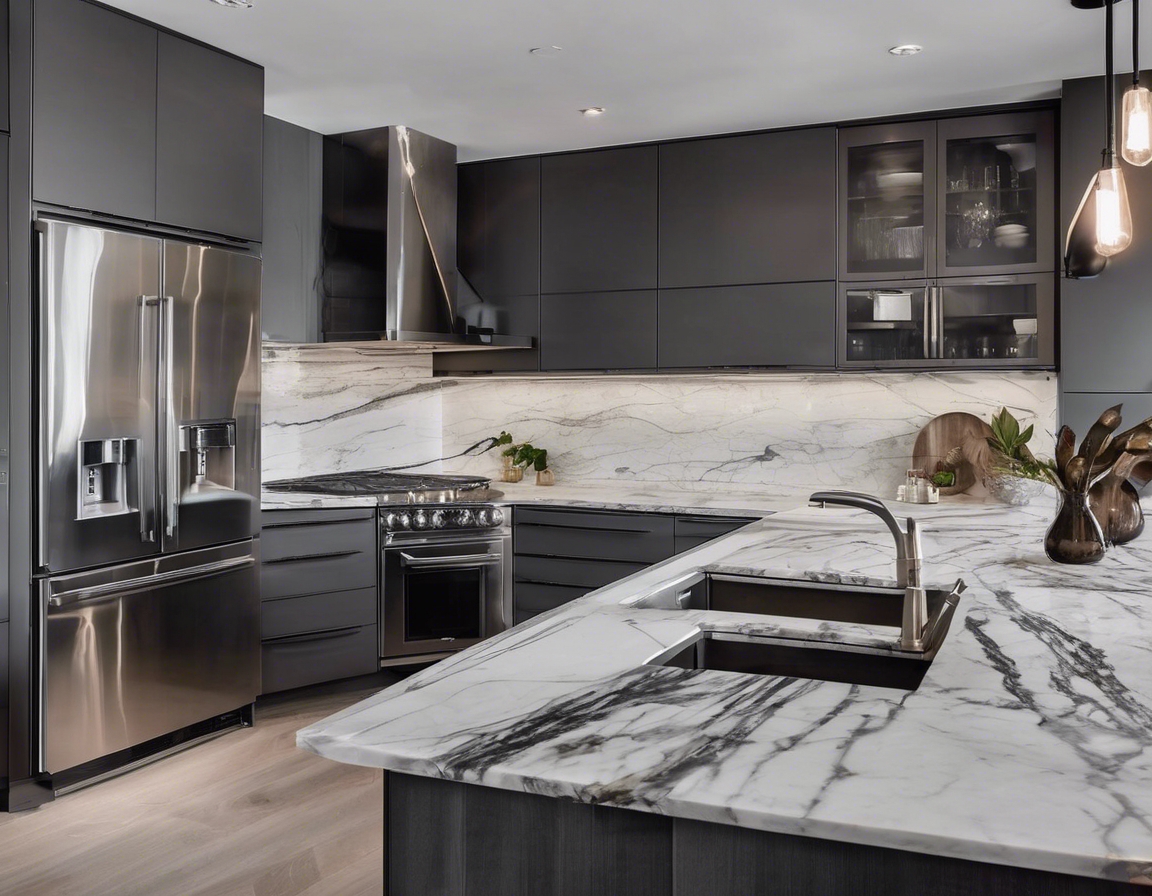The benefits of sustainable building practices
Sustainable building practices are becoming increasingly important in the construction industry. These practices focus on reducing the environmental impact of buildings by using resources more efficiently and creating healthier environments for occupants. For property owners and investors in Tartu and Tallinn, adopting sustainable building practices can lead to significant benefits, both in terms of environmental impact and financial returns.
Environmental Benefits
One of the primary environmental benefits of sustainable building practices is the reduction in carbon footprint. By using energy-efficient systems and renewable energy sources, buildings can significantly decrease their greenhouse gas emissions. This not only helps combat climate change but also aligns with global efforts to create a more sustainable future.
Sustainable building practices emphasize the conservation of natural resources. This includes using recycled materials, reducing water consumption through efficient plumbing systems, and minimizing waste during construction. These practices ensure that natural resources are preserved for future generations.
Economic Benefits
Implementing sustainable building practices can lead to substantial cost savings in energy and water consumption. Energy-efficient systems, such as LED lighting and high-efficiency HVAC systems, reduce utility bills. Water-saving fixtures and rainwater harvesting systems further decrease water usage, resulting in lower operational costs.
Properties built with sustainable practices often have higher market value. Buyers and tenants are increasingly seeking eco-friendly buildings, which can lead to higher demand and better resale value. Sustainable buildings are also more attractive to investors looking for long-term returns.
Social Benefits
Sustainable buildings are designed to improve the health and well-being of their occupants. They often feature improved indoor air quality, natural lighting, and non-toxic materials, which contribute to a healthier living and working environment. This can lead to increased productivity and satisfaction among occupants.
By adopting sustainable building practices, property owners can positively impact their communities. Sustainable buildings often incorporate green spaces and promote biodiversity, enhancing the local environment. They also set a precedent for other developments, encouraging wider adoption of sustainable practices.
Technological Advancements in Sustainable Building
The use of innovative materials is a key aspect of sustainable building practices. Materials such as cross-laminated timber, recycled steel, and low-VOC paints contribute to the sustainability of a building. These materials are not only environmentally friendly but also offer durability and aesthetic appeal.
Smart building technologies play a crucial role in sustainable building practices. These technologies include automated systems for lighting, heating, and cooling, which optimize energy use. Smart meters and sensors provide real-time data, allowing for efficient resource management and further reducing environmental impact.
Regulatory and Compliance Advantages
Adhering to sustainable building practices helps property owners meet green building standards, such as LEED or BREEAM certifications. These certifications not only enhance the reputation of a property but also ensure compliance with local and international regulations.
Governments often offer incentives and tax benefits for sustainable building practices. These can include grants, rebates, and tax credits, which reduce the overall cost of construction and operation. Taking advantage of these incentives can significantly improve the financial viability of a project.






Comments (0)